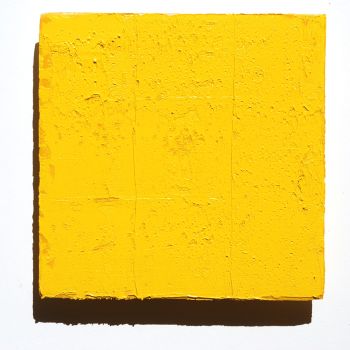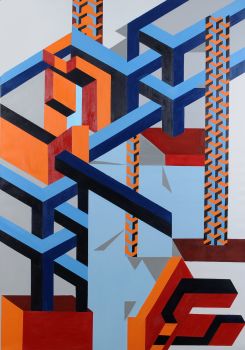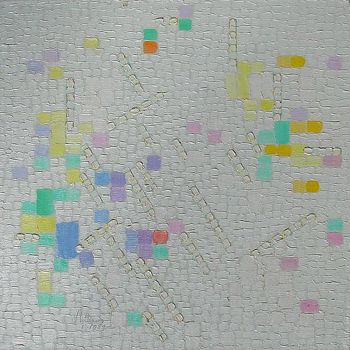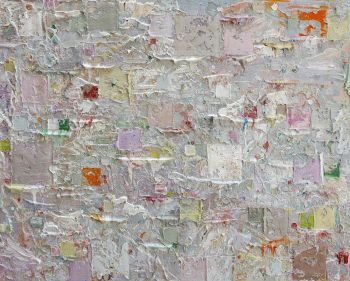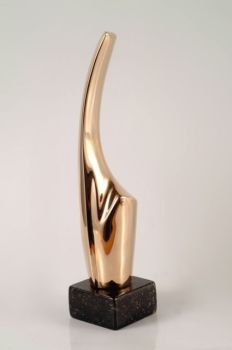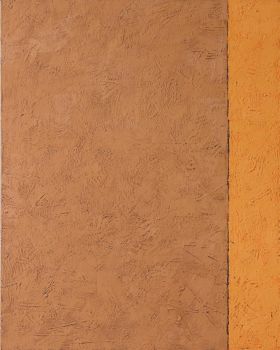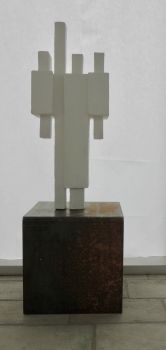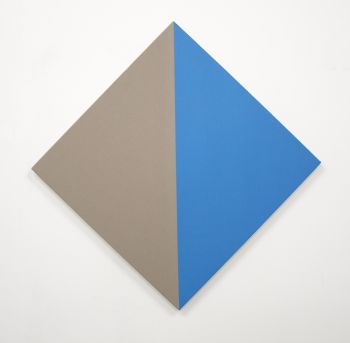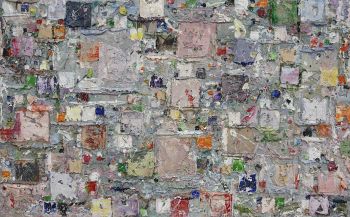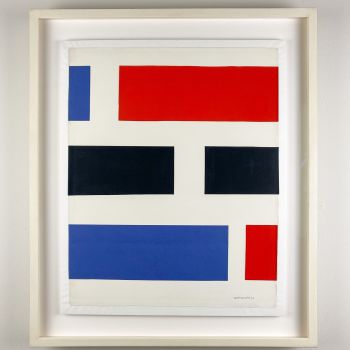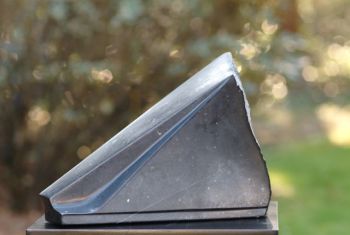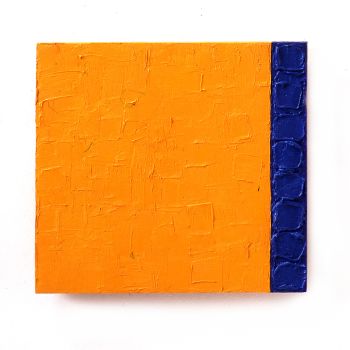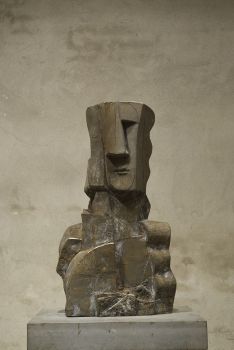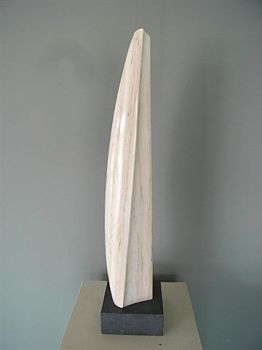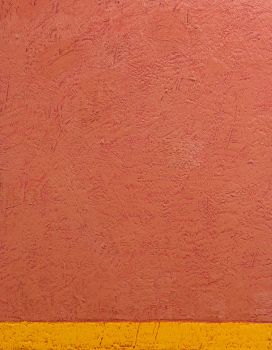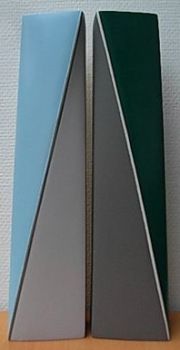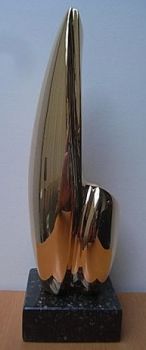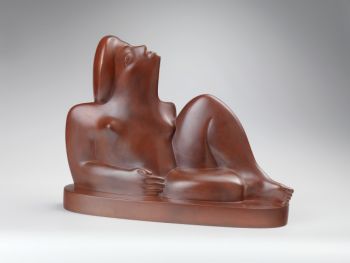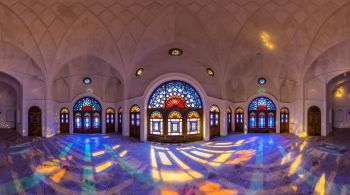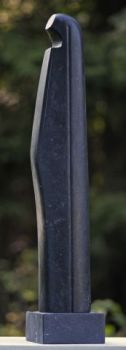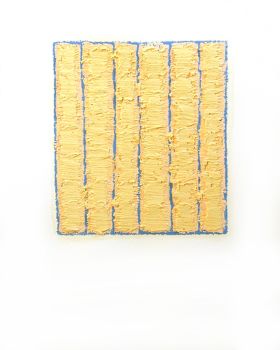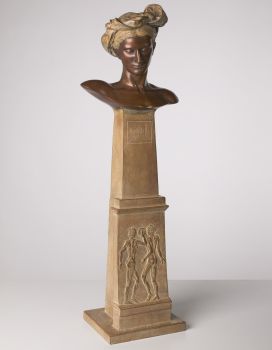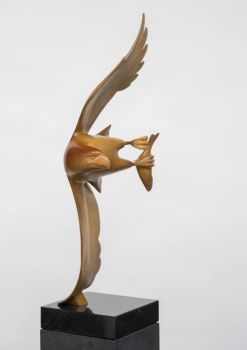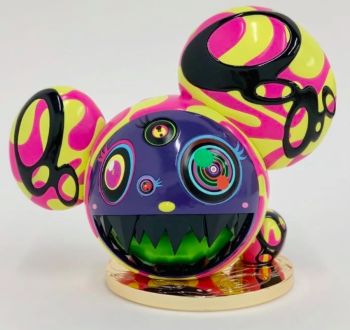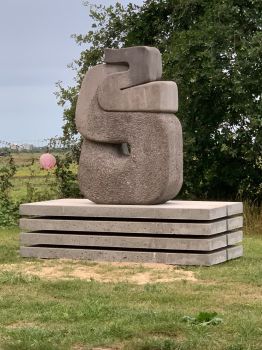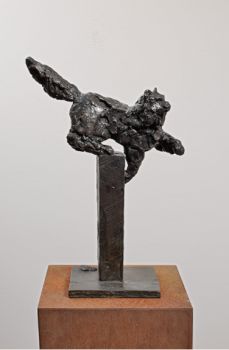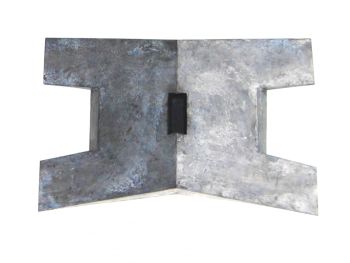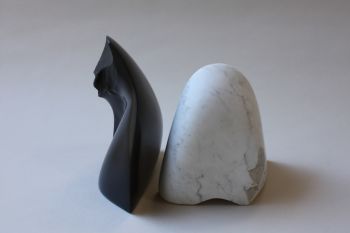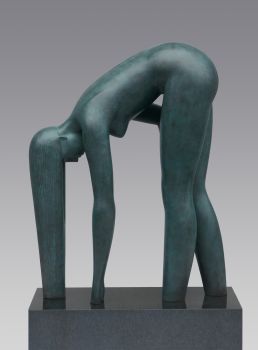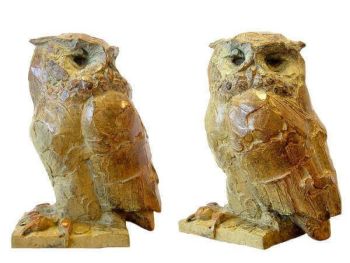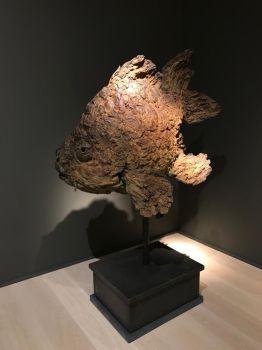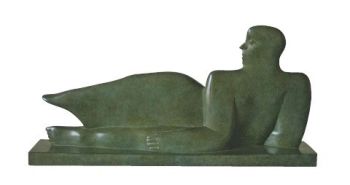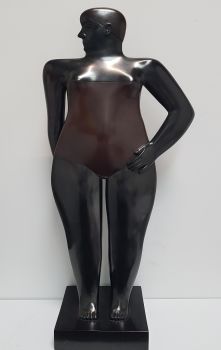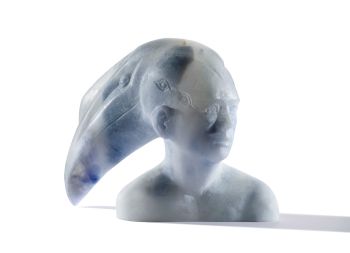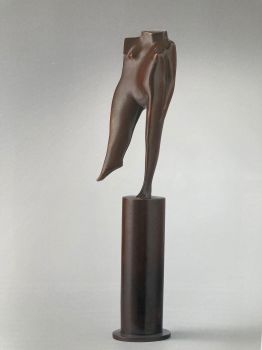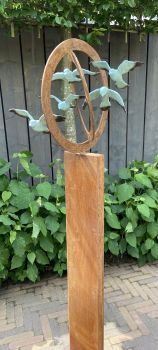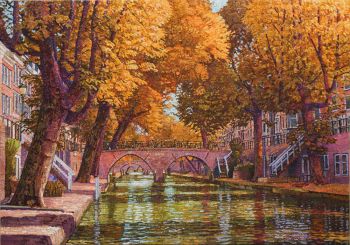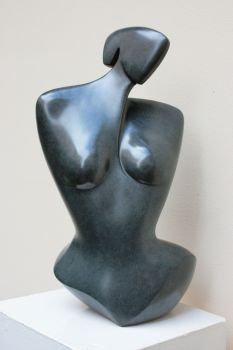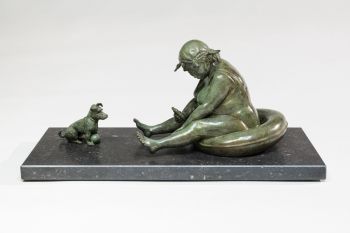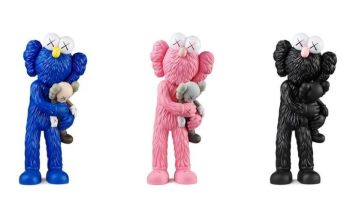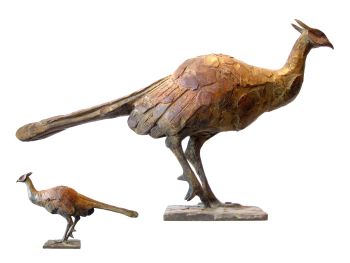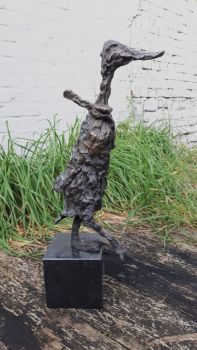About the artist
Klaus Staudt, born in 1932 in Otterndorf, is a German painter who has gained recognition for his series of geometric reliefs. He resides and works in Frankfurt am Main.
After studying as a guest under Ernst Geitlinger at the Academy of Fine Arts in Munich in 1957, Staudt began his regular studies in 1959. In 1963, he became a member of the avant-garde international artist group Neue Tendenzen. From 1974 to 1994, he served as a professor at the Academy of Design in Offenbach am Main. During this time, he also played a key role in conceptualizing and constructing the collection of concrete art for the district of Cuxhaven, contributing to its presentation and expansion. In 2010, he was admitted to the Foundation for Concrete Art and Design in Ingolstadt. Staudt is a member of the Deutscher Künstlerbund and is regarded as one of the leading proponents of constructive-concrete art in Germany.
The aesthetics of uniform grid structures are particularly groundbreaking in Staudt's work. The square serves as the fundamental compositional component, which he varies, modulates, and rephrases over the course of decades. From the 1980s onward, Staudt also incorporates the vertical as an alternative module, creating a parallel group of works. His compositions incorporate structures, grids, and the color white. Furthermore, Staudt employs a diverse range of materials, including wood and translucent Plexiglas.
Through subtle means, the artist skillfully creates light and shadow, space and movement, as well as a transparent spatiality that shifts according to the viewer's perspective. This interactive engagement positions the viewer as a "co-author" who actively participates in the process of observing the artwork. Staudt's early work particularly explores the representation of visibly immaterial elements, such as the visualization of light and shadow. The color white, along with delicate hues introduced in the 1980s, plays a vital role in addressing the interplay between color, light reflection, and surface.
From the mid-1960s, Staudt embarked on compositions at two levels. By overlaying and superimposing image elements and enclosing the image space with frequently opaque Plexiglas plates, he achieves both blurring and increased dynamism within the image spaces. Disarming and disguising techniques disrupt the system logic. Staudt also developed fully three-dimensional objects and architectures, evident in his expansive light steles and walls of light created during the 1970s. The large-scale sculptures and installations from this period embody the tension between system logic in square forms, concealment tactics, and the subjective perception of the observer.
In his current creative phase, Staudt consistently explores objects with expansive components, delving into the impression of seemingly floating elements without fixed positions.

